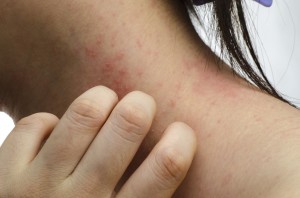Looking for an inexpensive way for you and your family to stay fit this summer? Try jumping rope! For as little as $12 and 10 minutes, you can get a high intensity cardio workout. And best of all, it’s portable.
Jumping rope can help everyone, of any age, achieve a range of fitness goals, including cardiovascular benefits, It can also aid in building bone-mineral density, improving coordination, and increasing muscle endurance, as well as toning and shaping. According to the Compendium of Physical Studies, jumping rope for 10 minutes can burn as many calories as jogging at an eight-minute-per-mile pace.
Jump rope basics:
. To find a rope length that fits you, place one foot in the center of the rope and lift the handles — they shouldn’t go past your armpits.
. Keep elbows close to sides as you turn the rope. The movement comes from the wrists and forearms, not the shoulders.
. Jump only 1 to 1 ½ inches off the floor, giving the rope just enough space to slip under feet — only the balls of feet should touch the floor. Stay high on your toes and use your body’s natural shock absorbers.
Before starting a jump rope workout, check with your doctor. Shoes and jumping surface are important as to how jumping will impact your body. Rope-jumping is considered lower impact than jogging or running if done properly.
All content of this newsletter is intended for general information purposes only and is not intended or implied to be a substitute for professional medical advice, diagnosis or treatment. Please consult a medical professional before adopting any of the suggestions on this page. You must never disregard professional medical advice or delay seeking medical treatment based upon any content of this newsletter. PROMPTLY CONSULT YOUR PHYSICIAN OR CALL 911 IF YOU BELIEVE YOU HAVE A MEDICAL EMERGENCY.





